Guide to Los Alcornocales Parque Natural in the provinces of Cadiz and Malaga, a rugged landscape of gigantic rock slides and forbidding crevices
By Nick Nutter | Updated 12 Mar 2022 | Cádiz | Parks |
Login to add to YOUR Favourites or Read Later


Aljibe
Los Alcornocales Natural Park is a mountain chain that runs some 50 kilometres almost exactly due north from Los Barrios. It rises as a coastal bastion against the sea winds, both west and east, which, loaded with humidity, cover its forests beneath a layer of mist beneath which time seems to stop. On the western front of the Andalusian mountains, between the provinces of Cadiz and Malaga, this natural area is a succession of rugged mountains, deep canutos and rushing streams.
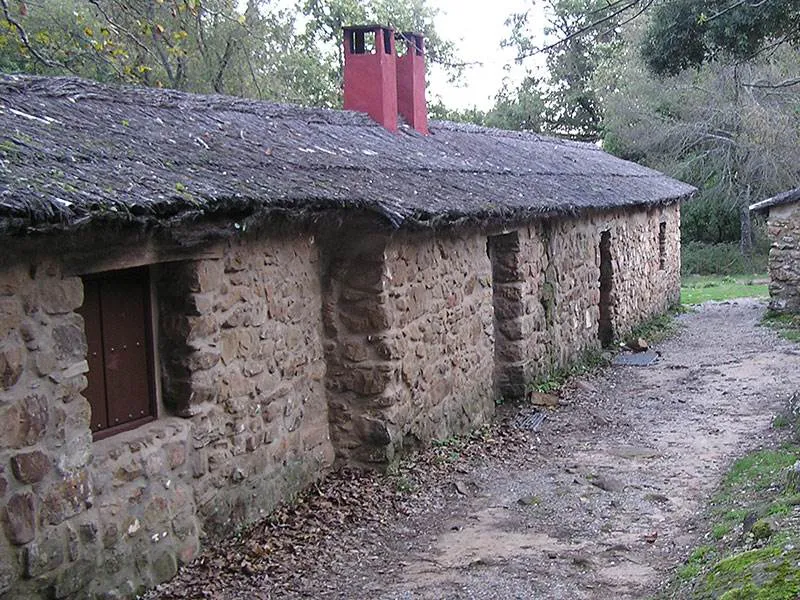
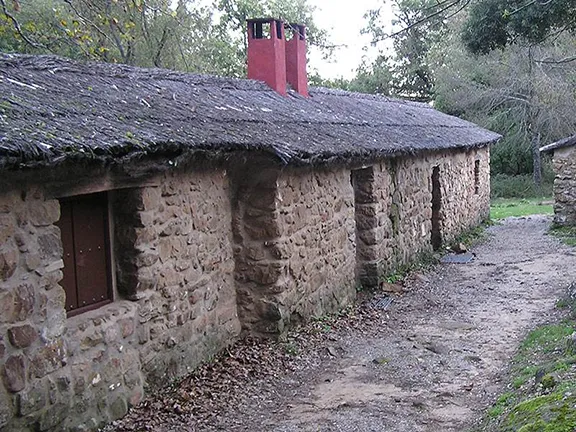
La Sauceda
Wind and rain erosion over millions of years has created a rugged landscape with gigantic rock slabs and forbidding crevices. The limestone areas, such as those in Los Motillas, have eroded into some of the most interesting karstic formations in Andalucia riddled with caverns and caves.
An abundance of rain has created a network of rivers and streams that flow into the Atlantic and Mediterranean. The upper reaches have some of the most extraordinary landscapes in the Iberian Peninsula, the ‘canutos’, long deep ravines that provide shelter to a unique plant biosphere.
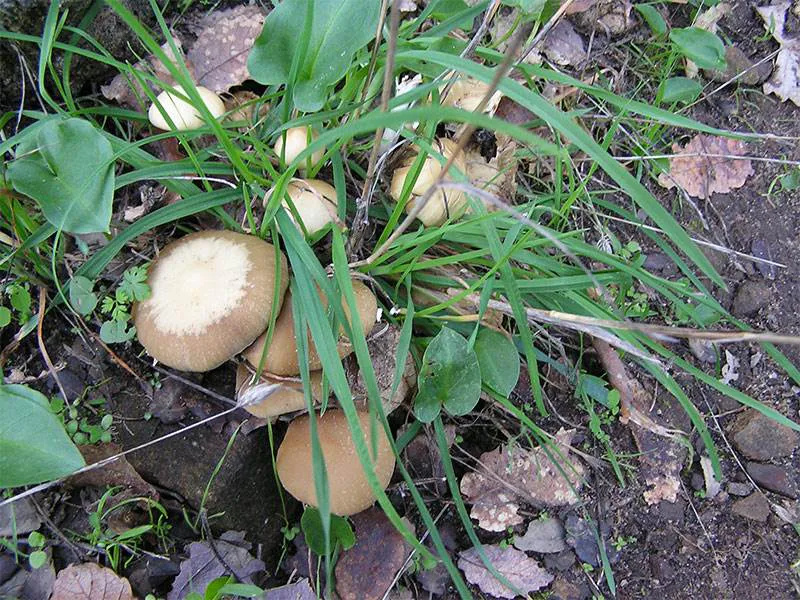
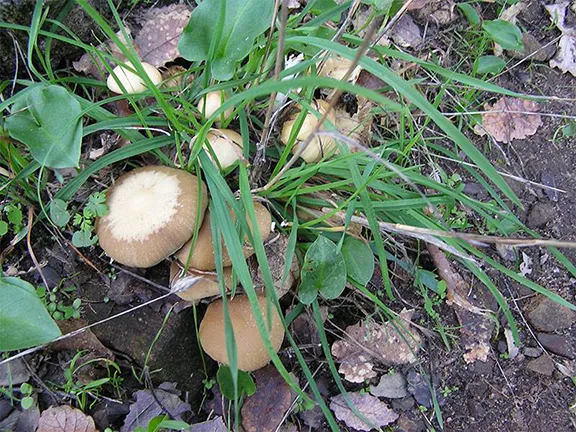
Mushrooms
Los Alcornocales, as its name indicates, has the largest mass of cork oak of the Iberian Peninsula, the mojea, which grows in sunny conditions along with the strawberry trees, phillyrea, and buckthorns; whereas in the shade, it alternates with the Portuguese oak and the gall-oak. In these spots, you will find an abundance of mushrooms in season. At lower levels, there are small plant refuges that retain traces of the ancient forests of wild olive trees alternating with heather, dwarf palm trees and myrtle. These areas have long been cultivated by man. You will find various crops, pastures and cows, both "retinta" and "lidia" breeds.
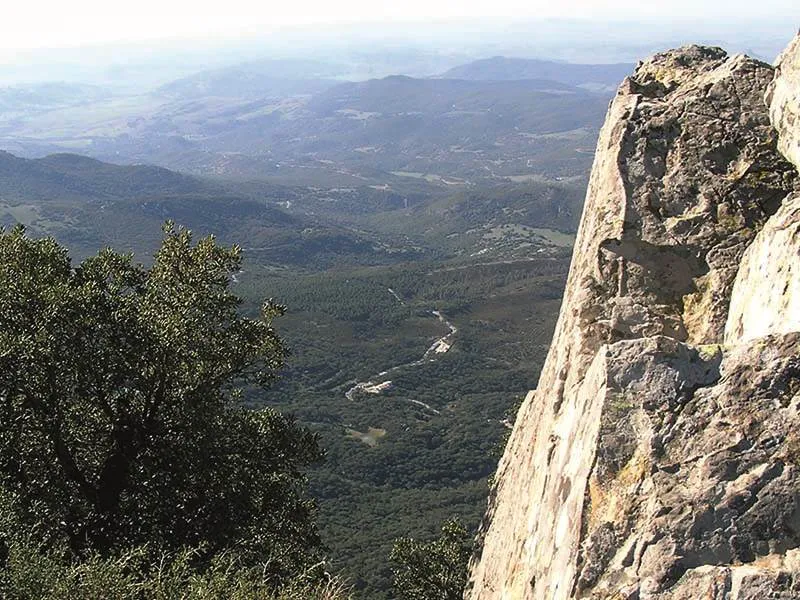

The proximity of the Strait of Gibraltar favours the presence of birds. Up to 18 species of birds of prey and many small birds use the cliffs for shelter, and the narrow Strait is on the migration route for many northern European species. But it is the amphibians and reptiles, half of those on the Iberian Peninsula, and the 11 varieties of bats hidden in its grottos that are of greater importance. While the peaks are the territory of the Spanish ibex; the forests are the domain of the roe deer, genets, badgers and the mongoose.
The true botanical champion of the Alcornocales is the laurisilva in the "canutos", a subtropical forest trapped in time. The alders which occupy the edges of the "canuto" prevent the light from penetrating to the bottom of the ravine. There the humidity creates unique masses of rhododendron, laurel, lomatia dentata, laurustinus, alder, holly and bracken that are unusual for these latitudes. You may be lucky enough to see an otter in the waters of the canutos and blackbirds, kingfisher and many dragonflies and caddisflies flying over them, a sign of the purity of water channels such as the Hozgarganta.
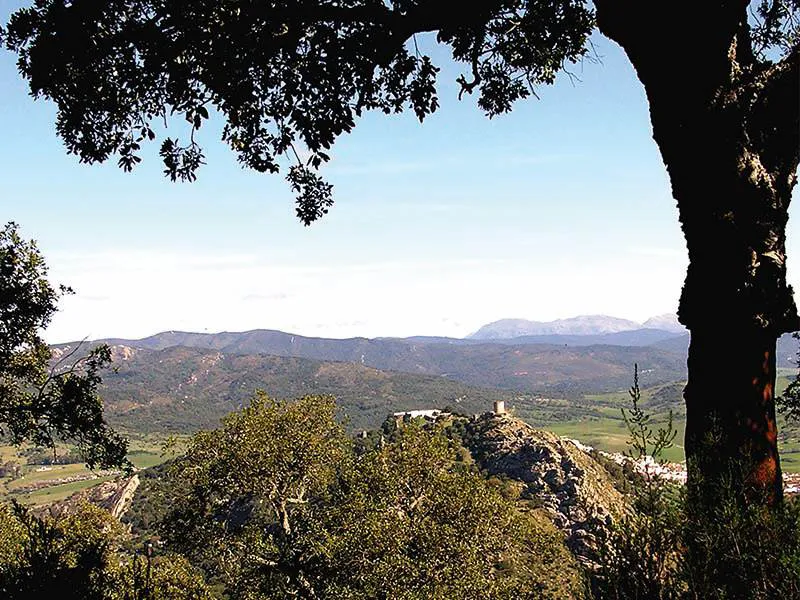
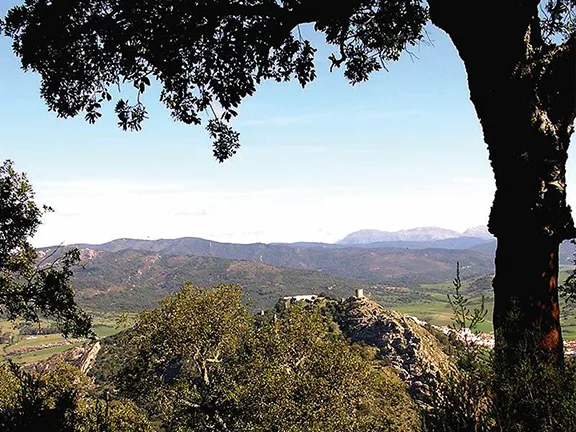
View over Alcornocales
The disparity of the relief plays a key role in providing the background for a wide range of activities: Mountaineering, canyoning, caving or exploring its paths, either on foot, by bike or on horseback. Many of the trails are old or cobbled paths. There is sailing on the waters of the Barbate reservoir and birdwatching in the winter or during migrations. Mushroom picking forms part of the same season, a practice that occurs in the autumn particularly at Jimena de la Frontera. For a good days walk, try the Queens Bath Walk.
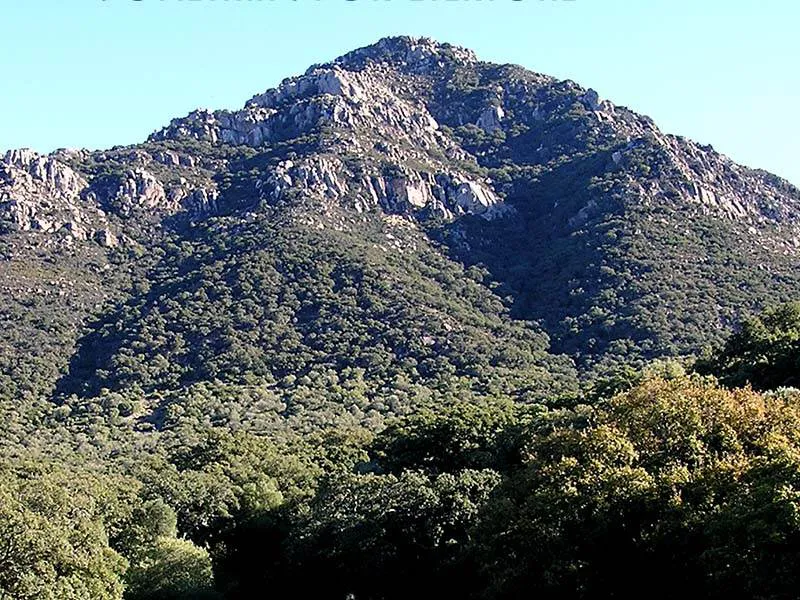
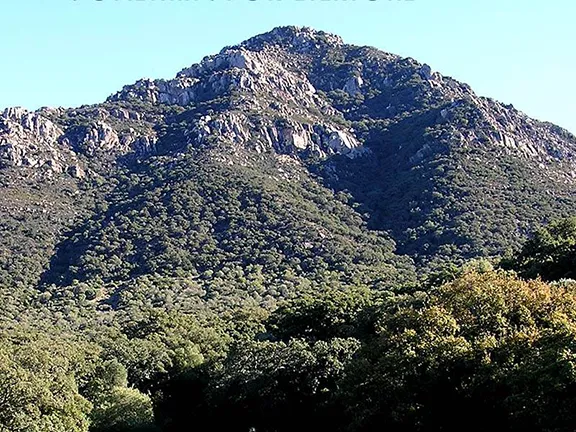
El Picacho
For those seeking the culture of the region, a trip to Castillo de Castellar, a refuge of Bohemian craftspeople is worthwhile. Interested in history? The mediaeval towns of Medina Sidonia and Jimena de la Frontera should not be missed.
The resources in the area have been used for generations. You will find communal stone bread ovens in the forest, disused flour mills along the water courses, charcoal burning clearings and, at La Sauceda, an abandoned village that was a hideout for bandits.